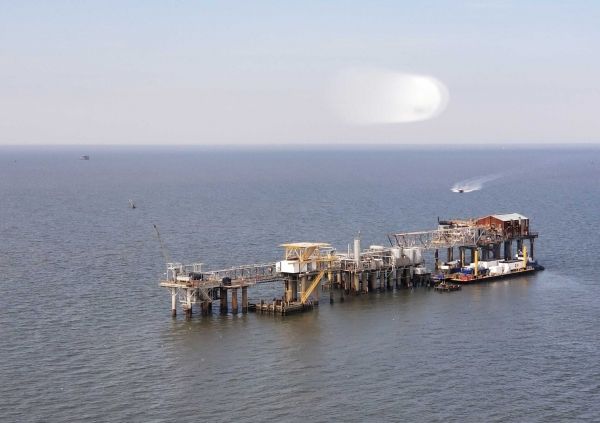Researchers conducted a first-of-its-kind pilot-study sampling air over offshore oil and gas platforms in the Gulf of Mexico. Their findings suggest the federal government’s calculations are too low.
U-M’s research found that, for the full U.S. Gulf of Mexico, oil and gas facilities emit approximately one-half a teragram of methane each year, comparable with large emitting oil and gas basins like the Four Corners region in the southwest U.S. The effective loss rate of produced gas is roughly 2.9%, similar to large onshore basins primarily focused on oil, and significantly higher than current inventory estimates.
Offshore harvesting accounts for roughly one-third of the oil and gas produced worldwide, and these facilities both vent and leak methane. Until now, only a handful of measurements of offshore platforms have been made, and no aircraft studies of methane emissions in normal operation had been conducted. Each year the EPA issues its U.S. Greenhouse Gas Inventory, but its numbers for offshore emissions are not produced via direct sampling.
Cotninue reading at University of Michigan
Image via University of Michigan


